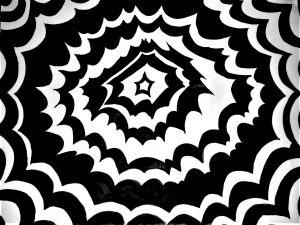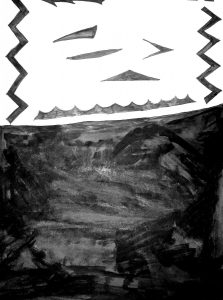The New exhibit at the Cooper Hewitt-The senses, features many works incorporating our five senses into design elements of everyday objects, such as clocks for the visually impaired, and food bowls for those with Alzheimer’s.
While trying to fully admire each work and making sure to keep a slow pace, i came upon one work entitled “Taste of Music (1002)“designed by Bruno Mesz, made in 2011. The work featured a set of black speakers, each tucked into a corner of the window sill it rested on, with a description before it, reading “Four buttons play short musical compositions inspired by the sense of taste”. After i pressed the first small white button labeled sour, what came was a series of notes that i thought maybe could represent sour to the artist. This work compelled me because of how subjective it was. In other pieces i saw, they mostly relied on touch, sight, or audio, but what this piece does is different, it tries to take something we taste and translate that into audio, which in my mind, doesn’t work. When you’re first introduced to it, you are immediately given a name to the sound, in a way its almost saying “this is sour, and that’s a fact” or “this is what sweet sounds like” and the audience is expected to go “that’s right!” but that isn’t how it works. It would have been better to have the viewer decide for themselves what sound goes to what taste, or even make it a surprise. But yes, i did enjoy this particular work, to create something we taste into a piece of audio is hard, and i’m sure to some the artist really captured the taste.
Another work i noticed at the gallery was a large textured canvas, maybe 4ft by 2 ft “Organoid Organic Rose Blossoms Wallcovering, 2016″, by Martin Jehart, made up of flower petals, and Alpine hay mixed with herbs (not specified which herbs). From afar it just looks like a textile pattern, but when getting up close, you can smell the aroma of said flowers and herbs and alpine. I thought this piece was, to put it simply, really pretty. I thought the idea of introducing a natural aroma into a room, which source was more organic than a tin can spraying chemicals was very eco-friendly. However i noticed some of class mates weren’t really observing this piece as much as i was, not that that’s a bad thing. Maybe to them, it was plain. Or it wasn’t really breaking new ground, which might be true. But i found the use of flowers and other natural smells, especially in a large frame, was very welcoming and beautiful.

 Ambiguous
Ambiguous


